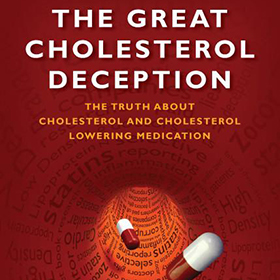
The first hint that the statin drugs don’t save lives is the size of the studies. If the drugs were so effective and the “miracle drugs” they are made out to be, researchers could treat 100 or maybe even 20 patients and see a benefit. Yet these meta-analyses use thousands of people—10,000, 50,000 or even 90,000—treated to show a benefit. If it is so good why do they need such large samples?
As readers of the scientific journals we should not get confused between statistical significance and clinical significance. “Statistically significant” means that the outcome was likely (95% chance) a result of the treatment whether it was 100% effective or less than 0.1% effective. That is, if you treat 1,000 people to save one life (0.1%) it may be statistically significant but it is not clinically significant. Clinical significance is 20% to 30% or more. The best studies on statins by the drug companies report statistical significance, mostly 1% or less, and none at all have so far found any clinical significance. Obviously, they should not be used.
Unfortunately, busy medical professionals don’t have time to review the statistics and few of them are actually aware of the different ways the statistics can be manipulated.